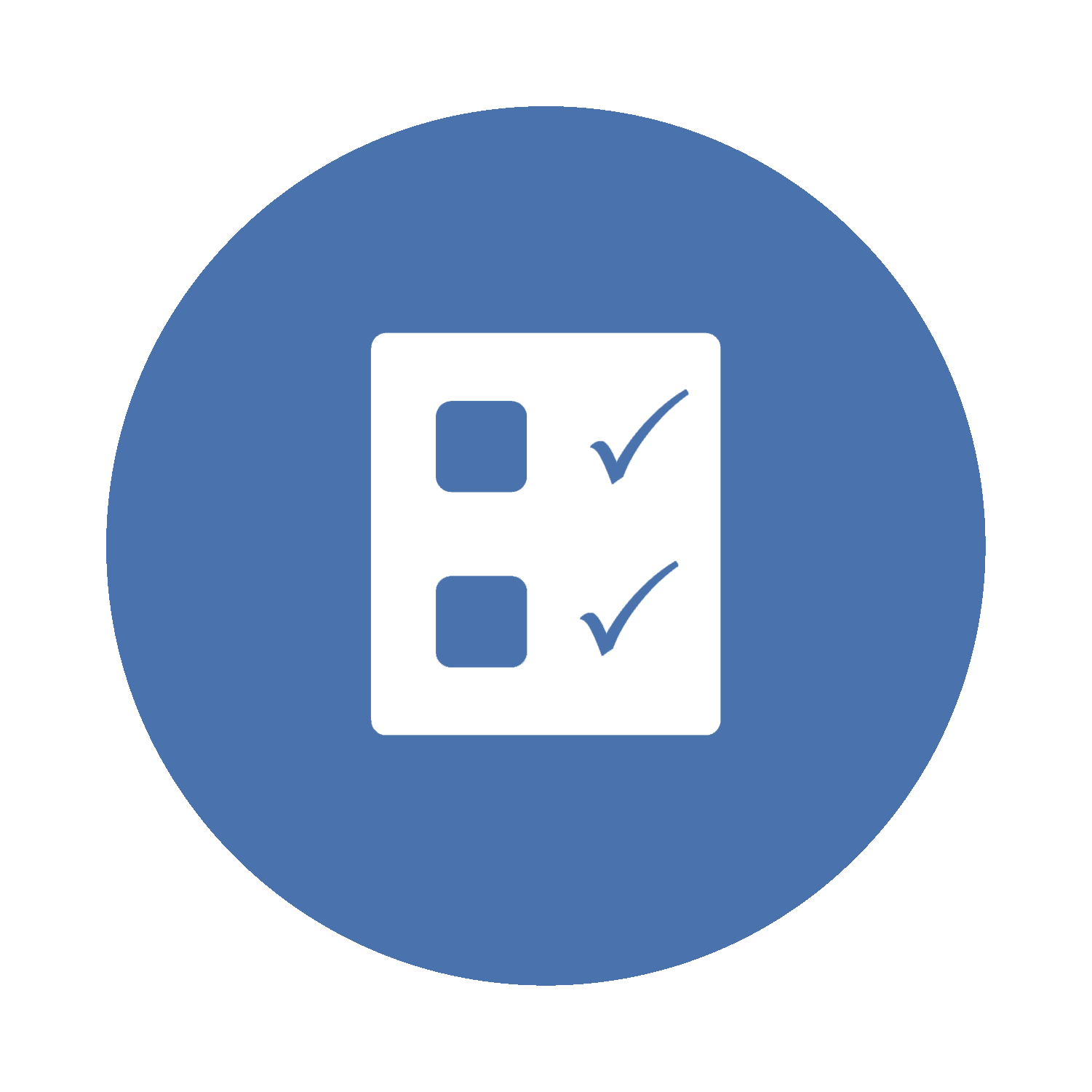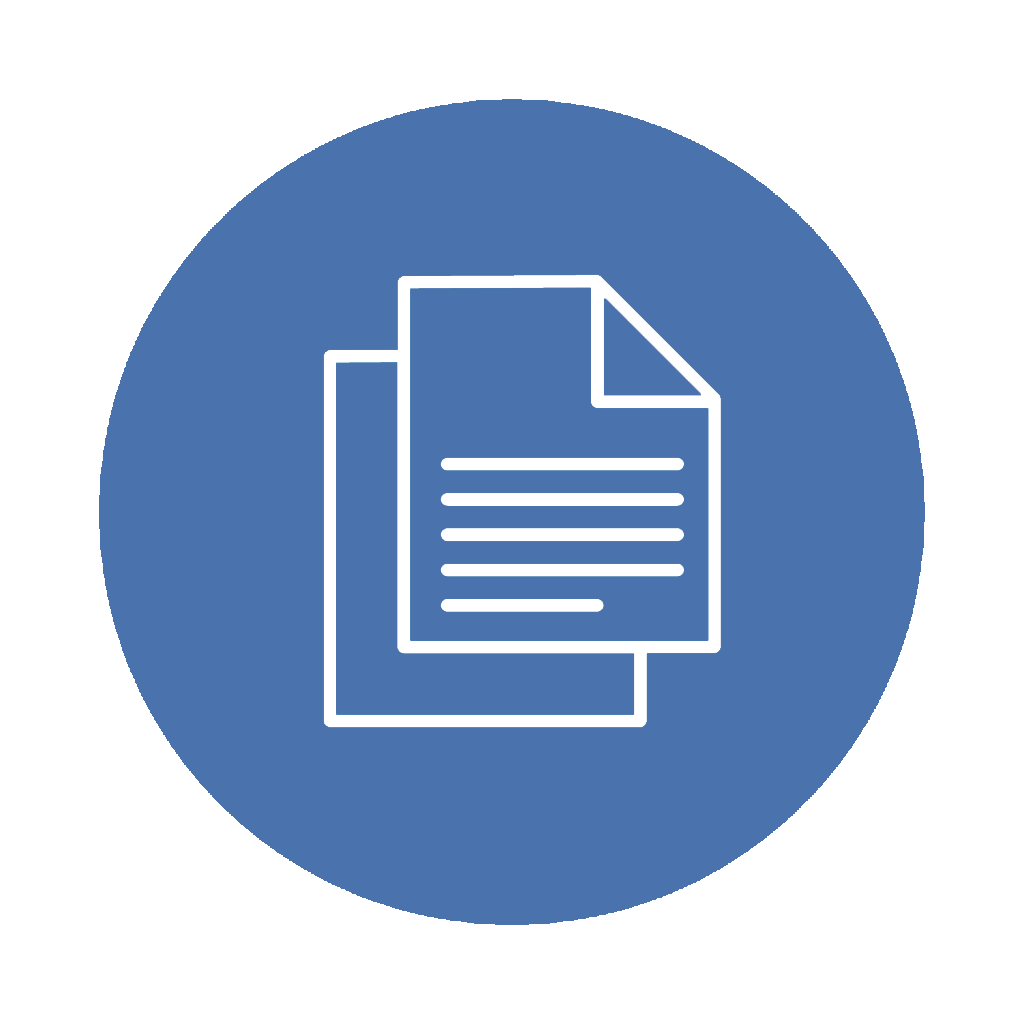03. Planning an IS Audit
03.02. Risk Assessment and Materiality in IS Audits

 Briefly reflect on the following before we begin:
Briefly reflect on the following before we begin:
- How should IS Auditors identify, analyze, and evaluate information system risks?
- What other key considerations will help shape the focus of an IS Audit?
- How can IS Auditors help an organization’s risk profile remain up-to-date and reflective of evolving threats?
At its core, IS auditing is intrinsically linked to the effective management of audit risks and understanding the concept of materiality. In this section, we will discuss identifying, analyzing, and evaluating risks inherent in IS, elucidating materiality’s role in IS audits.
It starts with gaining a thorough understanding of what constitutes IS risks through a systematic approach using various techniques including checklists, structured interviews, and direct observations. These risks stem from various sources and can be categorized into different types, such as operational, technical, and strategic risks. The analysis phase assesses the likelihood of occurrence and potential impact of identified risks, involving both quantitative and qualitative approaches – quantifying risks in terms of potential financial loss or qualitatively assessing them based on their impact on organizational objectives. The evaluation of these risks then prioritizes them based on their significance to the organization and helps in directing resources and efforts where they are most needed.
We will also discuss the concept of materiality, determining the significance of an issue within the context of the overall audit. Materiality guides IS auditors in planning and conducting audits by helping to define the audit scope and identifying areas that require greater focus. Setting materiality thresholds is a nuanced process influenced by the organization’s nature and the audit’s specific context. The audit findings may sometimes necessitate a reassessment of materiality to ensure that the audit remains relevant and focused on areas of greatest impact, aligning the audit process with the evolving nature of business and technology risks.
Continuous risk monitoring has become essential with the increasing complexity and frequency of changes in technology and business processes. This process involves constantly overseeing risk factors, enabling organizations to identify and respond to risks in real-time. The IS auditor plays a key role in establishing and maintaining these systems, ensuring their alignment with the organization’s overall risk management framework. Effective continuous monitoring relies on a blend of automated tools and manual processes, including various techniques such as regular audits, trend analysis, and real-time alerts. The data derived from continuous monitoring feeds into the ongoing risk assessment process, allowing for more informed decision-making and agile responses to emerging threats.
IS Risks Identification, Analysis, and Evaluation
IS risks are diverse, encompassing technical failures, security breaches, data integrity issues, and compliance lapses. They emerge from various sources: internal processes, external threats, technological advancements, and human factors. Identifying these risks requires a systematic approach by employing checklists, structured interviews, and direct observations to unearth potential vulnerabilities that might remain hidden.
A comprehensive risk identification process is not just about listing possible risks; it’s about understanding each organization’s unique context. Each entity has its specific set of challenges and vulnerabilities. IS auditors are expected to uncover these unique risks, tailor our approach, and prepare for the subsequent analysis and evaluation stages. The next step is to analyze them. This involves assessing the likelihood of each risk occurring and its potential impact. Here, both quantitative and qualitative approaches are used. Quantitative analysis involves assigning numerical values to the probability and impact of risks, helping create a more objective view. Qualitative analysis, on the other hand, relies on the auditor’s judgment and experience to estimate the severity of risks. While quantitative methods provide a semblance of objectivity, qualitative insights are invaluable. They bring depth to the IS Auditor’s understanding of risks, especially in areas where numerical data is insufficient.
Once risks are analyzed, they must be evaluated and prioritized to determine which risks warrant more attention. In this phase, risks are ranked based on their potential impact on the organization to guide the allocation of auditing resources and shape the audit plan. The risk landscape constantly changes, influenced by evolving technologies and shifting business strategies. The evaluation process should be iterative, adapting to new information and changing circumstances. Successful risk identification, analysis, and evaluation hinge on several key factors. First, a deep understanding of the organization’s operations, culture, and technology landscape is vital. This knowledge allows for a more targeted and relevant risk assessment. Second, engaging with various stakeholders – from IT personnel to executive management – provides diverse perspectives, enriching the risk assessment process. Lastly, leveraging technology can greatly enhance our risk analysis and evaluation capabilities. Tools such as data analytics and automated risk assessment software can provide deeper insights and a more comprehensive view of the risk environment.
This comprehensive approach to risk management ensures the integrity and security of information systems and supports the strategic objectives of the organizations we audit.
Materiality
Materiality is an important concept in auditing and refers to the importance of omission or misstatement of information that, if present, could influence the decisions of stakeholders. Determining what is material in an audit involves understanding the organization’s operations, objectives, and the specific risks it faces. Materiality is not static; it varies from one organization to another and even from one audit to another within the same organization. Factors such as organizational size, nature of operations, and risk tolerance play a crucial role in defining materiality thresholds.
Establishing materiality thresholds requires a deep understanding of the business and its environment. IS auditors consider various factors, including quantitative benchmarks and qualitative judgments. The thresholds set the stage for the entire audit process, influencing audit procedures’ scope, depth, and nature. It involves balancing objectivity with the auditor’s professional judgment. The aim is to focus on areas significant to the organization’s financial and operational integrity while ensuring efficient use of audit resources.
Materiality directly impacts audit planning and execution as it helps auditors determine which areas require more attention and which can be given less and, in turn, ensures that the audit focuses on the most significant aspects of the organization’s IS environment. Materiality also helps make decisions about the nature, timing, and extent of audit procedures. For instance, areas deemed more material may warrant more detailed testing or a lower threshold for error. Conversely, fewer material areas might be subject to higher thresholds or more limited testing. Moreover, as new information comes to light during an audit, the initial materiality assessments may need to be revisited and adjusted to respond to evolving situations during an audit.
Materiality also plays a pivotal role in evaluating audit findings and in the reporting phase. Findings are assessed in the context of the materiality thresholds set at the outset to guide the IS auditors in determining which issues to report and how to present them to stakeholders. In reporting, materiality ensures that the focus is on what truly matters to the stakeholders so that the IS audit reports are developed clearly and concisely while avoiding the clutter of insignificant details.
Audit Risk
The Audit Risk Model is another essential framework, as it guides the IS auditors in assessing and managing the risk of incorrect audit conclusions. The Audit Risk Model comprises three main components:
- Inherent risk refers to the susceptibility of an audit area to error or fraud before considering any related controls. In IS auditing, the inherent risk might be high in complex, rapidly evolving tech environments. For example, emerging technologies like blockchain or AI systems inherently carry higher risks due to their novelty and complexity.
- Control risk, the second component, is the risk that a client’s internal controls will fail to prevent or detect an error or fraud. In the context of IS auditing, this risk could manifest in inadequate password policies or poor access controls. The effectiveness of these controls plays a crucial role in mitigating inherent risk.
- Detection risk, the final element, pertains to the risk that the auditors’ procedures will fail to detect an error or fraud within the audit area. It hinges on the effectiveness of the audit procedures and the auditor’s ability to correctly interpret the results. In IS audits, detection risk is particularly pertinent, given the complexities of data and systems.
The interplay of these risks forms the basis of the Audit Risk Model, which states that the total audit risk is a function of inherent, control, and detection risks. The IS auditor’s understanding and application of this model is vital for effective risk management and audit planning as it guides us in identifying areas of higher risk and in designing audit procedures that are both efficient and effective. The model drives IS auditors to focus on areas with higher inherent and control risks. For instance, the inherent risk is higher in a company with outdated IT systems, necessitating more robust control measures. If these controls are weak, the control risk rises, leading auditors to implement more rigorous detection techniques. In devising audit strategies, auditors balance these risks. Due to strong IT governance, we may accept a higher detection risk if the control risk is low. This balance means we may not need to test every transaction but can rely on sampling. Conversely, if control risk is high, auditors will aim to lower detection risk by employing more comprehensive testing methods.
Inherent risk is often outside the control of the audit team but must be thoroughly understood. For example, a company operating in a highly regulated industry like finance or healthcare inherently faces greater risks related to compliance and data security. Recognizing these risks enables auditors to focus on the most critical areas. Control risk assessment is an ongoing process in IS auditing. Auditors must continually evaluate the effectiveness of a client’s internal controls. This evaluation includes examining IT policies, access controls, and other security measures. Regular updates to these controls are necessary to keep pace with technological advancements and emerging threats.
Lastly, mitigating detection risk involves employing various IT audit techniques and technologies. With advancements in data analytics and automated auditing tools, IS auditors have powerful resources at their disposal. However, the skillful interpretation of audit findings remains a human task, underscoring the importance of experience and judgment in this field. The IS Auditor’s aim is not only to identify risks but also to provide insights that can enhance controls and reduce the overall risk profile. The model’s application is both a science and an art, requiring a deep understanding of technology, business processes, and the unique challenges of the digital age.
The Role of Materiality and Audit Risk in Developing IS Audit Strategy
Collectively, materiality and the audit risk model are central to the process of developing the IS Audit Strategy.
As discussed earlier, materiality measures the significance of an error or omission within the organization’s financial or operational landscape. The application of materiality in IS audits goes beyond the numbers and requires a thorough understanding of the organization’s operations, the information systems in use, the context and implications of audit findings, and the potential impact of errors, issues, and audit findings. The audit risk model, on the other hand, is a framework used to manage and minimize the risk of reaching incorrect conclusions in an audit and comprises of inherent risk, control risk, and detection risk.
While materiality helps prioritize audit areas and focus on what’s most important, the audit risk model guides auditors in assessing risks across different areas, allowing them to allocate more resources and attention to areas with higher materiality and risk. Integrating materiality into the audit risk model transforms the audit process from a generic procedure to a targeted, value-adding activity. Auditors can tailor their approach based on the organization’s unique environment and risks. For example, in a financial institution, the materiality of transactions will be high, requiring a lower tolerance for risk. This necessitates rigorous audit procedures to minimize detection risk. Conversely, in a less critical system with lower materiality, the auditor might accept a higher level of risk. This approach allows for more efficient use of resources without compromising the overall effectiveness of the audit.
Effective communication of materiality and risk assessments is also key. Auditors must clearly articulate the rationale behind their assessments and decisions. This clarity is essential for the audit team and stakeholders who rely on the audit findings to make informed decisions.
Once the audit strategy has been finalized, the IS audit team will develop a detailed IS Audit program that serves as the roadmap for the individual audit/assurance engagement. A summarized view of the risk-based audit approach at the individual audit/assurance engagement is presented below:
Risk-based Audit Approach
-
- Gather Information and Plan:
- Knowledge of business, industry, & regulatory statuses
- Prior year’s audit results and recent financial information
- Inherent risk assessment
- Obtain an Understanding of Internal Control:
- Control environment
- Control procedures
- Control and detection risk assessment
- Perform Compliance Tests:
- Identify key controls to be tested
- Perform tests on reliability, risk prevention, and adherence to organization policies and procedures
- Perform Substantive Tests:
- Analytical procedures
- Substantive analytical testing
- Detailed tests of account balances
- Conclude on the Audit:
- Perform sufficient quality assurance on audit procedures
- Create feasible, relevant, and timely recommendations
- Write, review, and issue the final audit report
- Gather Information and Plan:
See the next section for more details on the IS Audit Program and its components that accomplish the above.
IS Auditor’s Role in Continuous Risk Monitoring
Continuous risk monitoring represents a shift from traditional, periodic audit practices to a more dynamic, ongoing process. It involves the regular observation and analysis of an organization’s risk environment to identify and respond to emerging risks. This process is crucial in today’s fast-paced, technology-driven world, where risks can arise rapidly and change frequently. For IS auditors, continuous risk monitoring is not just a task – it’s a mindset. It requires staying alert to new developments, understanding the implications of changes in technology and business processes, and being ready to act when risks are identified.
Integrating continuous risk monitoring into the audit process transforms the auditor’s role. Auditors actively participate in the organization’s risk management framework, contributing real-time insights and recommendations for a more responsive and effective risk management approach. Effective continuous risk monitoring relies on a range of tools and techniques. Technology plays a crucial role here. Automated monitoring systems, data analytics, and real-time reporting tools are some of the key enablers. These technologies allow auditors to collect and analyze data continuously, identify trends, and detect anomalies that could indicate risks.
Continuous risk monitoring is not a solitary activity. It requires collaboration with various stakeholders within the organization. IT professionals, management, and even end-users play a role in identifying and managing risks. IS auditors tend to foster open lines of communication, and building strong relationships with these stakeholders is essential. It also plays a critical role in the overall risk assessment process by providing ongoing insights that help auditors update their risk assessments, ensuring they remain relevant and accurate. This ongoing assessment is key to identifying and responding to emerging risks effectively.
 In the Spotlight
In the Spotlight
For additional context on the role of risk assessment, materiality, and audit risk on IT Audit Planning, please read the article titled “The Impact of Poor IT Audit Planning and Mitigating Audit Risk”[opens a new tab].
Curtis B. (2020). The impact of poor IT audit planning and mitigating audit risk.” ISACA Journal, 3. https://www.isaca.org/resources/isaca-journal/issues/2020/volume-3/the-impact-of-poor-it-audit-planning-and-mitigating-audit-risk
 Key Takeaways
Key Takeaways
Let’s recap the key concepts discussed in this section by watching this video.
Source: Mehta, A.M. (2023, December 6). AIS OER ch 03 topic 02 key takeaways [Video]. https://youtu.be/DLXtwIk2-Ds
 Knowledge Check
Knowledge Check
 Review Questions
Review Questions
- Describe the process of risk analysis in IS auditing and explain how it differs from risk identification.
- What is the role of materiality in determining the scope of an IS audit?
- Explain the significance of continuous risk monitoring in IS auditing and how it impacts the auditor’s role.
 Mini Case Study
Mini Case Study
Acme Corporation, a large retail company, recently upgraded its information systems to streamline operations. As an IS auditor, you are tasked with developing a multi-year IS audit plan. Your objectives include identifying and evaluating the risks associated with the new system, determining materiality thresholds for the audit, and implementing continuous risk monitoring.During the risk identification phase, you uncover several potential risks: cybersecurity threats due to new online platforms, potential data integrity issues from system integration, and compliance risks with data protection laws. For risk analysis, you assess these risks for their probability and impact. The cybersecurity threat is deemed highly likely and with significant potential impact, while compliance risks are less likely but with severe legal implications. Data integrity issues are moderately likely, with a moderate impact.
You set materiality thresholds based on the company’s operational scale and the critical nature of the identified risks. The threshold for cybersecurity and compliance risks is set lower due to their potential severe impacts. In the final phase, you implement a continuous risk monitoring system. This includes automated tools for real-time detection of cybersecurity threats and regular reviews of compliance and data integrity.
Required: Based on the case study, evaluate how the IS auditor effectively applied the concepts of risk identification, analysis, evaluation, materiality determination, and continuous risk monitoring in developing the audit plan.
The risk that an auditor may unknowingly fail to appropriately modify their opinion on financial statements that are materially misstated.
The extent and boundaries of an audit, including the areas to be examined and the time period covered.
The process of examining numerical data, using statistical tools to interpret its significance.
The process of examining non-numerical data to understand its qualities, characteristics, and meanings.
A framework comprising inherent risk, control risk, and detection risk, guiding auditors in assessing and managing the risk of incorrect audit conclusions.
The susceptibility of an audit area to error or fraud before considering any related controls.
The risk that a client’s internal controls will fail to prevent or detect an error or fraud.
The risk that the auditors’ procedures will fail to detect an error or fraud within the audit area.
The methods and tools used by auditors to examine and evaluate an organization's IT infrastructure, policies, and operations.
The overall plan that guides how an audit will be conducted, incorporating materiality and audit risk considerations.
A comprehensive framework outlining the objectives, scope, timing, and direction of IS audits.

